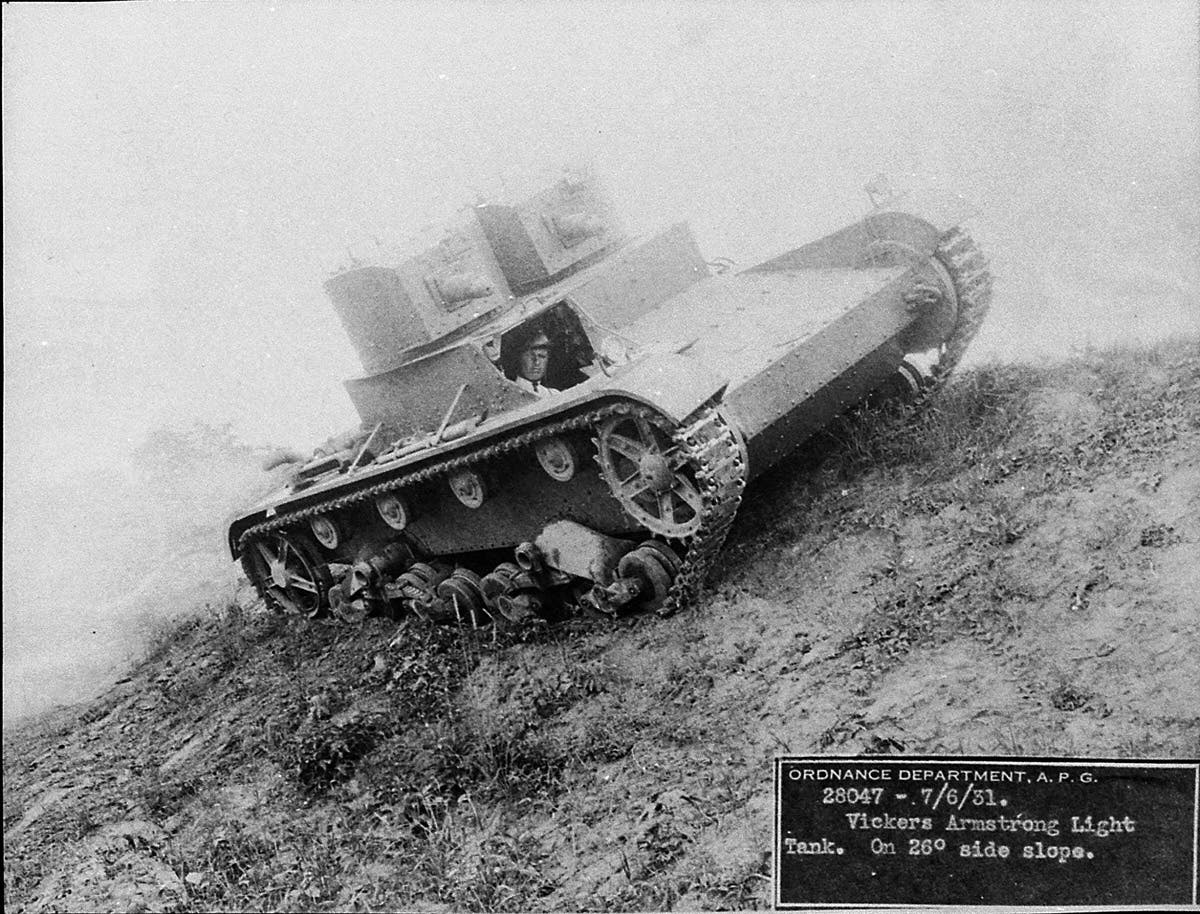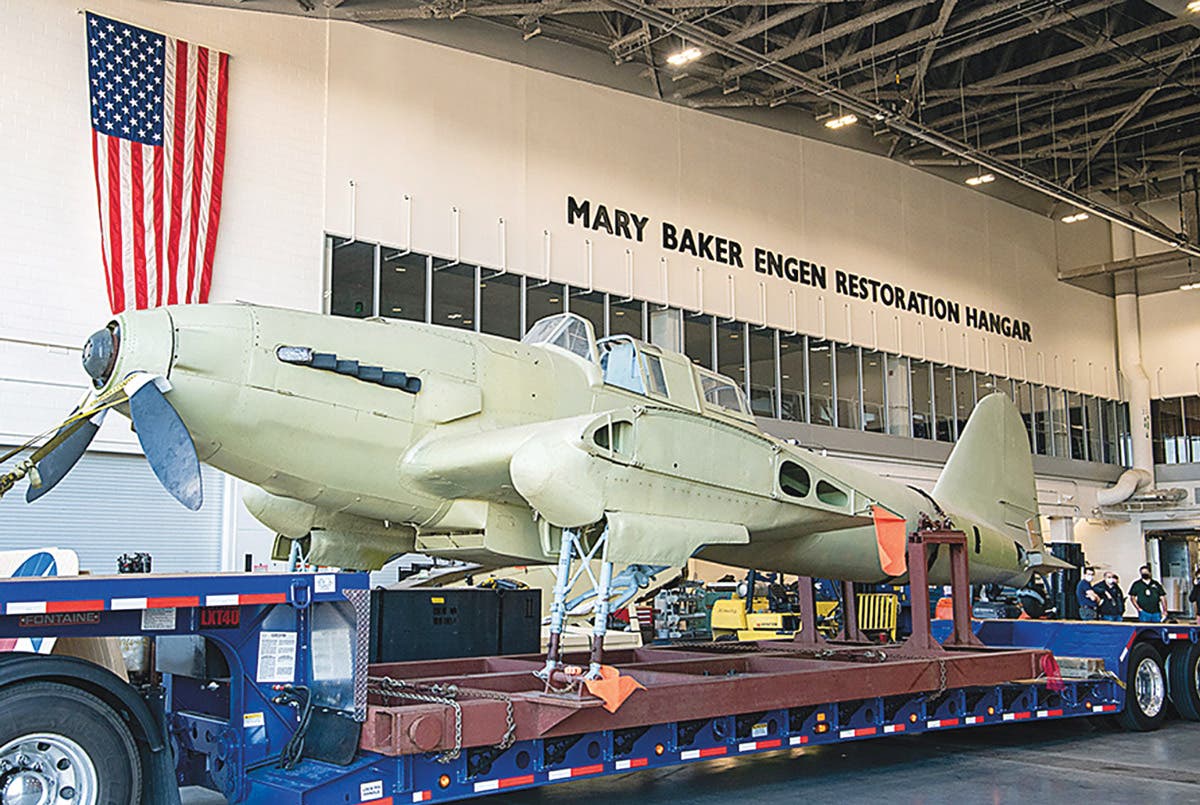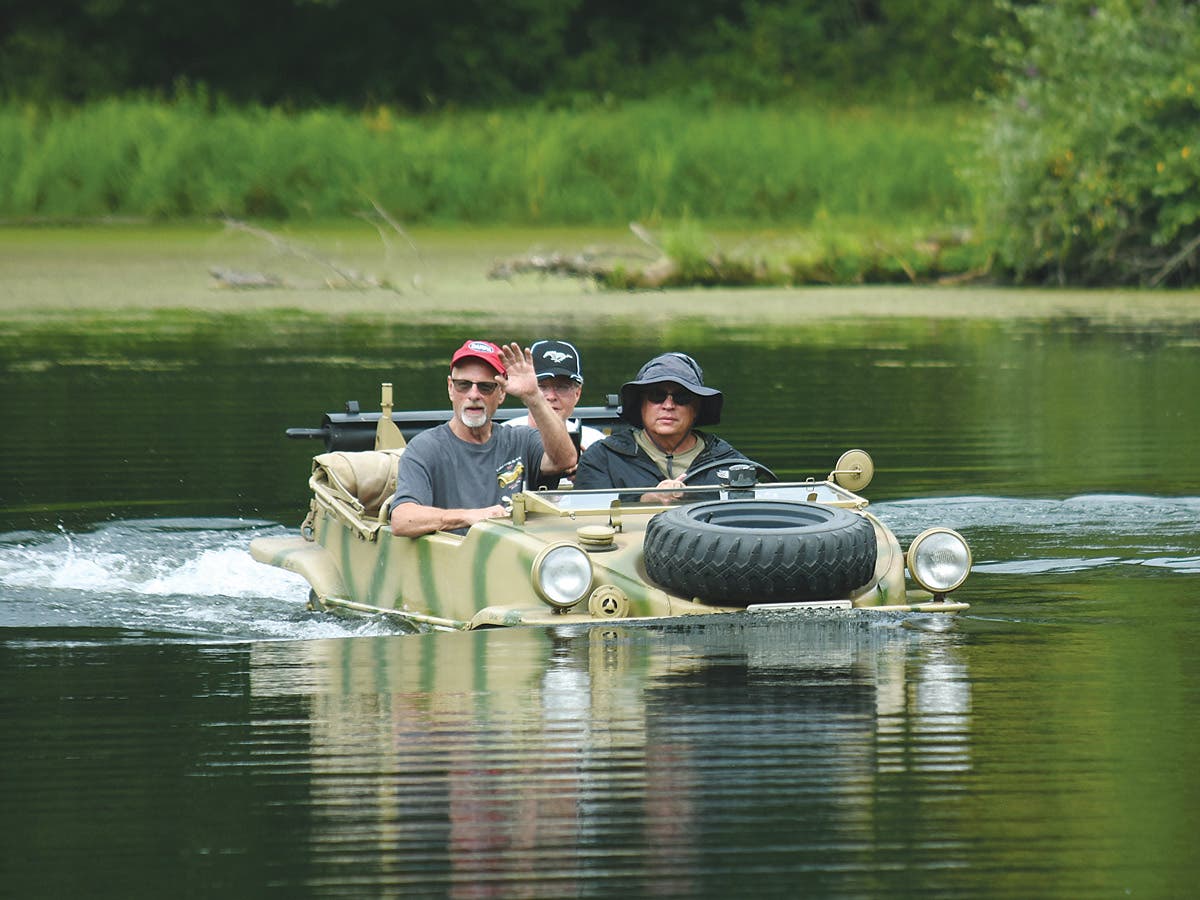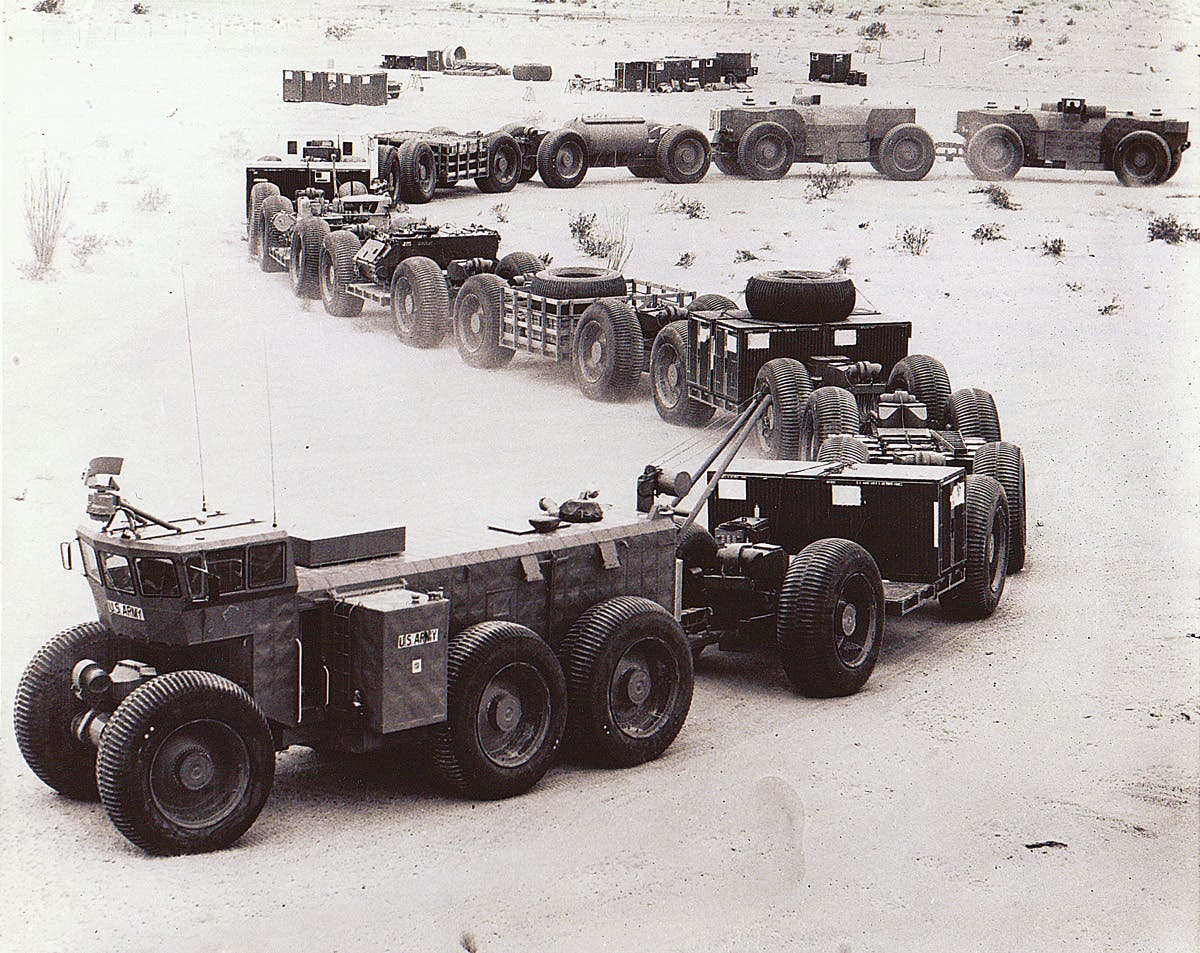Development of the G-288 M50 Ontos
Rejected by the U.S. Army, the US Marine Corps embraced the diminutive M50 gun motor carriage mounting six powerful 106mm recoilless rifles. In Vietnam, it proved deadly.
The M50 Ontos was conceived as a potent, airborne tank destroyer. In November 1950, the farm machinery division of American industrial giant began work designing this beast.
The requirements laid down by the Ordnance office were basic: The engine would be the inline six-cylinder GMC 302 used in the then-new G-749 family of 2-1/2 ton M135/M211 trucks, it was to be coupled to an Allison cross drive transmission, and its weight and dimension were to permit it to be carried inside the cargo aircraft of the day.
Within two weeks a design team, at times involving 50 engineers, had completed the design of the M50. Due to the "confidential" classification of this project by the military, a portion of Allis-Chalmers' LaPorte, Indiana, agricultural assembly plant was walled off, and assembly of the prototypes began. The 50-hour test runs required of these vehicles were conducted on the weekends, while the rest of the plant was idle.
Of the 1,000 units in the original procurement plan, only 297 were produced. Beginning in 1955, production ceased in November 1957. The entire series was rejected by the Army.
The Marine Corps was interested, however, and took delivery of the vehicles. One hundred seventy-six of the vehicles were re-powered with a Chrysler 361 cubic-inch V-8 (some sources say 294) beginning in 1963. This required redesigning armored engine covers. The new cover extended forward of the rifle’s travel lock, and engine access door gained louvers. With the new powerplant the vehicle was re-designated M50A1.
As designed, the Ontos was to roll into combat with a round in each of its six rifles, eight more in a storage rack beneath the floor, accessible through a door beneath the vehicles rear hatches, and four more rounds stowed in a rack inside the vehicle. While the six M40A1C 106mm recoilless rifles gave the Ontos tremendous firepower, its shortcoming was the requirement that the vehicle be opened up and a crewman expose himself in order to reload.
You may also enjoy
David Doyle's earliest published works were occasional articles in enthusiast publications aimed at the historic military vehicle restoration hobby. This was a natural outlet for a guy whose collection includes several Vietnam-era vehicles such as M62, M123A1C, M35A2, M36A2C, M292A2, M756, and an M764.
By 1999, his writing efforts grew to include regular features in leading periodicals devoted to the hobby both domestically and internationally, appearing regularly in US, English and Polish publications.
In 2003, David received his a commission to write his first book, The Standard Catalog of U.S. Military Vehicles. Since then, several outlets have published more than 100 of his works. While most of these concern historic military hardware, including aircraft and warships, his volumes on military vehicles, meticulously researched by David and his wife Denise, remain the genre for which he is most recognized. This recognition earned life-time achievement in June 2015, when he was presented Military Vehicle Preservation Association (MVPA) bestowed on him the coveted Bart Vanderveen Award in recognition of “...the individual who has contributed the most to the historic preservation of military vehicles worldwide.”
In addition to all of publishing efforts, David is the editor of the MVPA’s magazine, History in Motion, as well as serving as the organization’s Publications Director. He also maintains a retail outlet for his books online and at shows around the U.S.








